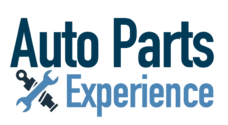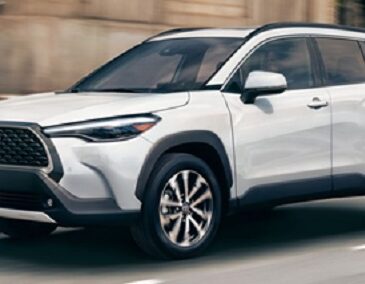
When your vehicle has been in an accident, finding the right body shop to undertake the necessary collision repair is crucial. A professional body shop can restore your vehicle to its original condition, ensuring it is safe to drive and retains its value.
The Importance of Collision Repair
Collision repair is essential to address any damage incurred during an accident. It involves a series of processes aimed at restoring the vehicle, covering everything from dent removal to repainting. Choosing a reputable body shop is vital to guarantee the quality and safety of the repair work.
What to Look for in a Body Shop
When selecting a body shop, consider the following factors:
- Certifications: Look for a body shop with certified technicians who have undergone training in collision repair techniques.
- Experience: A body shop with years of experience is likely to provide high-quality repair services.
- Customer Reviews: Read online reviews to gauge the reputation of the body shop and the satisfaction of previous customers.
- Warranty: Opt for a body shop that offers a warranty on their repair work, ensuring peace of mind.
Services Offered by Body Shops
A professional body shop offers a range of services to restore your vehicle, including:
- Paintless Dent Repair: This technique is used to repair dents and dings without affecting the original paint job.
- Auto Painting: A body shop can repaint your vehicle to address paint damage and match the original color accurately.
- Frame Straightening: This service is crucial to restore the structural integrity of the vehicle after a collision.
- Windshield Replacement: A cracked or shattered windshield can be replaced to ensure the safety of the vehicle occupants.
The Collision Repair Process
The collision repair process at a body shop typically involves the following steps:
- Assessment: The body shop will assess the extent of the damage and provide an estimate for the repair cost.
- Approval: Once the estimate is approved, either by the vehicle owner or the insurance company, the repair work begins.
- Disassembly: Damaged parts are removed to access the underlying structures and assess any hidden damage.
- Repair or Replacement: Depending on the extent of the damage, parts are either repaired or replaced.
- Reassembly and Quality Control: After the repair work, the vehicle is reassembled, and a quality control check is conducted to ensure all repairs meet the required standards.
The Role of Technology in Collision Repair
Advancements in technology have significantly impacted the collision repair industry. Modern body shops utilize state-of-the-art equipment and software to assess damage accurately, match paint colors precisely, and ensure repairs are conducted to the highest standards.
Conclusion
Choosing the right body shop for collision repair is crucial to ensure the safety, appearance, and value of your vehicle are restored. By considering factors such as certifications, experience, customer reviews, and warranty, you can select a body shop that will provide high-quality repair services. Whether it’s a minor dent or significant collision damage, a professional body shop has the expertise and technology to restore your vehicle to its original condition.



